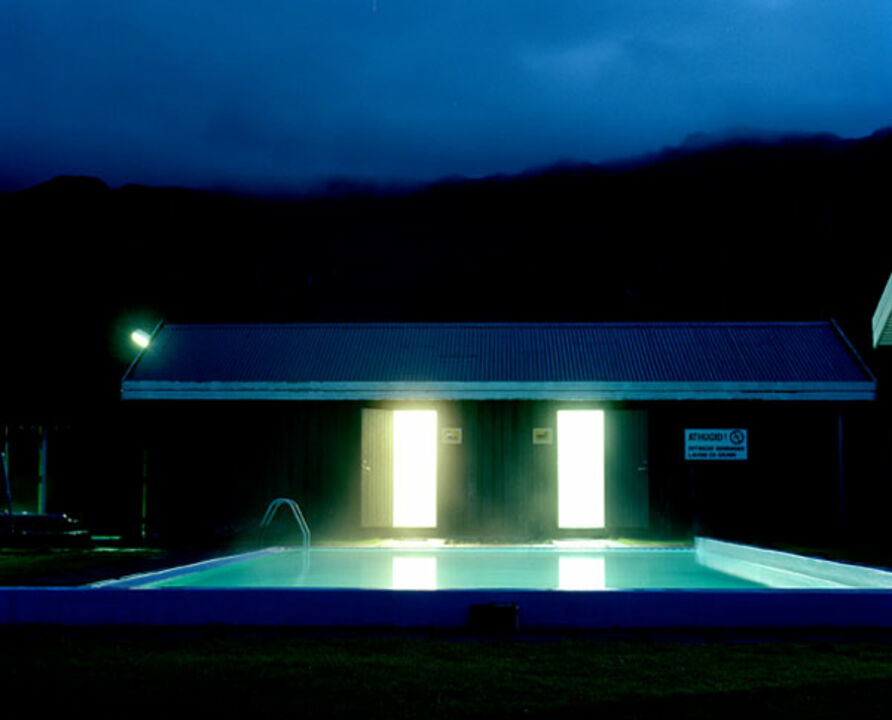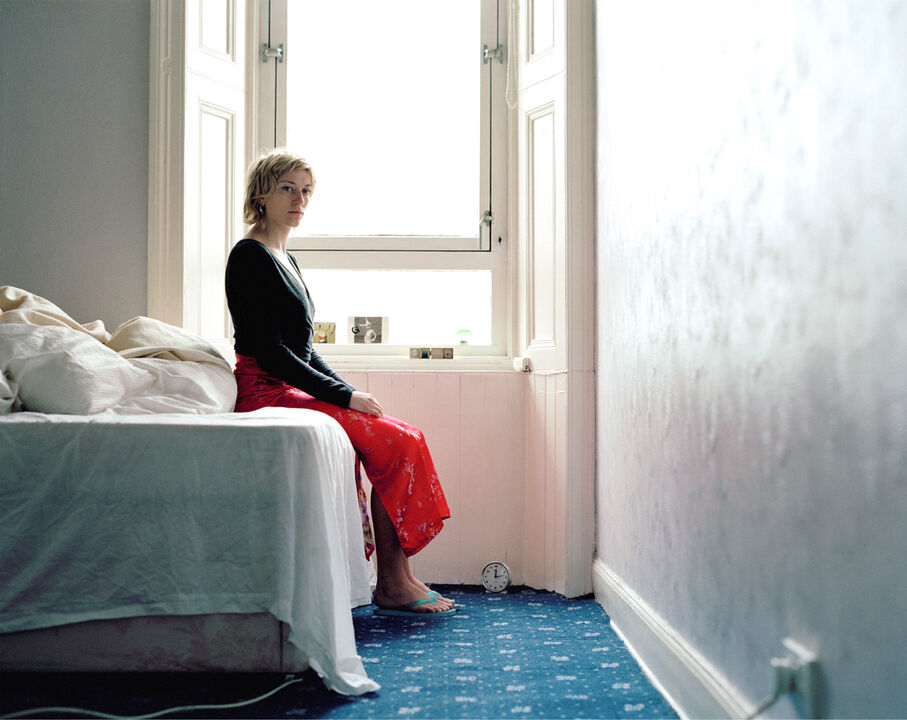Astrid Kruse Jensen, Copenhagen, Denmark
Astrid Kruse Jensen is a renowned Danish artist whose mesmerizing works have captivated audiences around the world. Born on November 26, 1975, in Copenhagen, Denmark, Jensen's artistic journey began at an early age and has since blossomed into a remarkable career that pushes the boundaries of photography.
Growing up in a family with a deep appreciation for art and culture, Jensen was exposed to various forms of creative expression from a young age. This early exposure ignited her passion for visual arts and inspired her to explore photography as a means of artistic communication. Armed with a camera, Jensen embarked on a lifelong exploration of capturing the ethereal, the transient, and the enigmatic.
Jensen's artistic style can be described as poetic and contemplative, often blurring the line between reality and imagination. Her photographs possess an otherworldly quality, often evoking a sense of mystery and introspection. She masterfully combines the use of light, shadow, and composition to create dreamlike images that invite viewers to contemplate the underlying narratives within her work.
Throughout her career, Jensen has embraced a variety of subject matters, ranging from landscapes to interiors, and from portraits to still life. She skillfully incorporates elements of nature, architecture, and human presence, weaving them together to create narratives that are simultaneously intimate and universal. Her work often reflects a deep connection with the natural world, capturing moments of tranquility and transience.
Jensen's artistic process is meticulous and thoughtful. She approaches each project with an immense attention to detail, carefully considering the composition, lighting, and mood to create a distinct visual language. Her ability to convey emotions through her images is a testament to her skill as both a photographer and a storyteller.
Recognized for her exceptional talent, Jensen's works have been showcased in numerous exhibitions and galleries worldwide. Her photographs have garnered critical acclaim, and she has received prestigious awards and honors for her contributions to the field of contemporary photography.
Beyond her solo exhibitions, Jensen's work has also been featured in prominent art publications, further solidifying her reputation as a leading figure in the art world. Her evocative images continue to resonate with viewers, inviting them to delve into the depths of their own emotions and perceptions.
Astrid Kruse Jensen's artistic journey is a testament to the power of photography as a medium for storytelling and self-expression. Through her ethereal and thought-provoking images, she invites us to explore the hidden realms of our imagination, encouraging us to see the world through a different lens.
As her career continues to evolve, Astrid Kruse Jensen remains committed to pushing the boundaries of her artistry, continuously challenging herself to create new and profound experiences for her audience. With each photograph she captures, she invites us to embrace the beauty and complexity of the human experience, leaving an indelible mark on the world of contemporary photography.
Hypernatural
In Iceland geothermically heated pools act as social gathering points. Here the subterranean heat can be enjoyed under controlled circumstances with the magnificent volcanic landscape as a backdrop. Yet Astrid Kruse Jensen’s photographs of these outdoor swimming pools are empty of people. It is night and the slightly rippling water in the pools is like a mirror magnifying the intense feeling of silence and absence.
The lights are on, illuminating the pools and their immediate surroundings. The images are stripped of any kind of activity and appear as uneventful surfaces. Kruse Jensen only uses the light sources available on location. The wealth of detail in the images is due to the long exposure time, which makes the light emanating from inside the buildings and the outdoor lamps saturated and tangible – almost animate. It is as if the light reaches the viewer from another world, a world the image only reveals a glimpse of in the form of light.
Kruse Jensen’s photographs do not show the pools as one would see them with the naked eye. Through the photograph she captures and admits more than the human eye can see, creating a light that draws the viewer into a realm of imagery that only exists via the photographic gaze. It is as if the hypernatural snaps to become a staged fiction where the pools are fabricated models and artificiality reigns, intensifying the sensation of silence and absence.
Absence registers due to the sense of ‘having been there’, not only in the sense of photographic indexicality raised by Roland Barthes, but also due to the fact that these pools only exist due to human activity, a human activity that is missing here. The pools provide the framework for this activity, so the emptiness we experience here is only temporary: we know it will be filled again. This feeling generates what could be described as the materialisation of presence – the sense of something present despite the emptiness. In Kruse Jensen’s photographs there is the sense of something beyond what we actually see. When her images present this strange absence bathed in artificial light the pools are shrouded in an almost enchanted atmosphere, as if they have a secret life of their own once night falls.
Kruse Jensen depicts the pools against a darkened backdrop, marking the divide between the man-made environment of the pools and the untouched nature surrounding them. Even though the picturesque volcanic landscape is only vaguely sensed in the darkness, it still plays a major role in our perception of the photographs. Most of us come to them with some kind of image of Iceland’s beautiful, dramatic landscape full of glaciers and volcanoes, with its untamed subterranean forces adding an aura of the primitive and mysterious. This kind of postcard picture of Iceland adds an extra layer to the viewer’s meeting with Kruse Jensen’s pools, despite the fact that at first glance she avoids such associations, choosing to depict the small, fabricated social landscapes punctuating the surrounding nature rather than the lava landscape itself. What is special here, however, is that despite their artificial, architectural form these pools only exist because of the subterranean heat. The images thus represent a meeting between the artificial and the natural, but also a meeting between real places and our mental images of these places.
Hypernatural, like many of Kruse Jensen’s works, represents a meeting between the alien and the familiar – between the real and the imagined. The photographs indicate the alienation between humans and nature, yet by using man-made light sources she also portrays the relationship between the artificial and the natural as inseparable. The disturbing stage lighting prises open cracks in both the real and the imagined world, making the images difficult to decode. The light envelops the photographs in a mysterious and poetic atmosphere that opens the possibility of another reality, placing the viewer at the intersection of imaginings of dramatic scenery, the reality of the spaces depicted, and the fiction these images represent.
ASTRID LA COUR

Illusions of home









